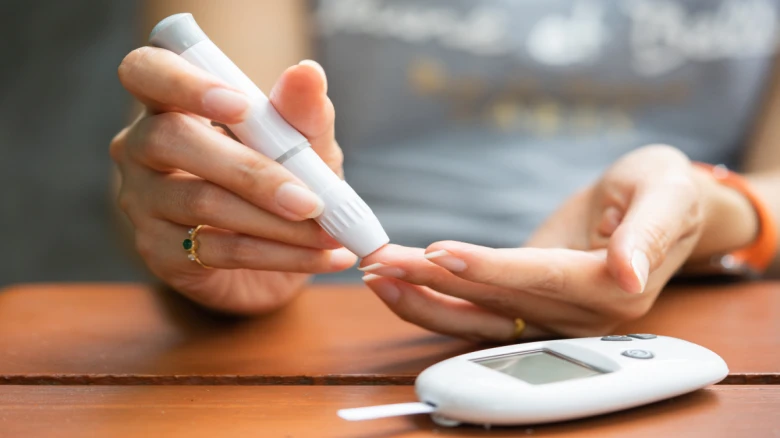However, pre-diabetes can be partially reversed and cured by changing one's diet and lifestyle...
Digital Desk: Pre-diabetes is a condition that comes before diabetes in which the body's blood sugar levels are increased but not high enough to be classified as type 2 diabetes. Many people in their 30s and 40s may be pre-diabetic without even realizing it because the symptoms are absent or barely noticeable. If diabetes runs in your family, you are more likely to get it yourself. However, pre-diabetes can be partially reversed and cured by changing one's diet and lifestyle. Bringing up public health issues in the process, experts share some lifestyle tips to stay healthy as a pre-diabetic.
5 Healthy Lifestyle Tips for Pre-Diabetics:
1. Regular Exercise: A sedentary lifestyle has been linked to a higher risk of Type 2 diabetes. Regular exercise and workouts approved by a trainer or doctor aid in the management of pre-diabetes by reducing blood glucose levels. Moreover, being physically active helps improve insulin sensitivity throughout the body.
2. Weight Management: Did you know that being overweight or having a BMI of more than 25 can raise your chance of developing type 2 diabetes? If you have been diagnosed with pre-diabetes, gradually losing 5–10% of your body weight can significantly increase your chances of delaying or reversing diabetes prevalence.
3. Stay Stress-Free: Not only can stress make you sick, but it can also make you pre-diabetic or worsen your condition. An imbalance of the stress chemicals cortisol and adrenaline can cause blood glucose levels to rise and remain high.
4. Watch Your Portions: Consider the composition of your meals. Is there a proper balance of protein, carbohydrates, fats, vitamins and minerals? Pre-diabetics should fill half of their plate with non-starchy vegetables and leafy greens, and the remainder with nutritious carbohydrates, whole grains, and lean protein for a healthy portion. Consuming plenty of fiber will make you feel full without raising your blood sugar. Despite the fact that they may look sweet, munch on nuts and fruits. It's important to remember that they have natural sugar.
5. Avoid Sugary Drinks: Sweet beverages can raise blood sugar levels and provide little nutritional value, such as protein. This includes energy drinks, soft drinks, and any syrups or liquid desserts. According to research, replacing one daily serving of a sugary drink with low-calorie alternatives such as water, coffee, or tea is associated with a 2–10% lower risk of diabetes.
Disclaimer: The advice provided in this article is meant only as general information and shouldn't be considered as expert advice.

Leave A Comment